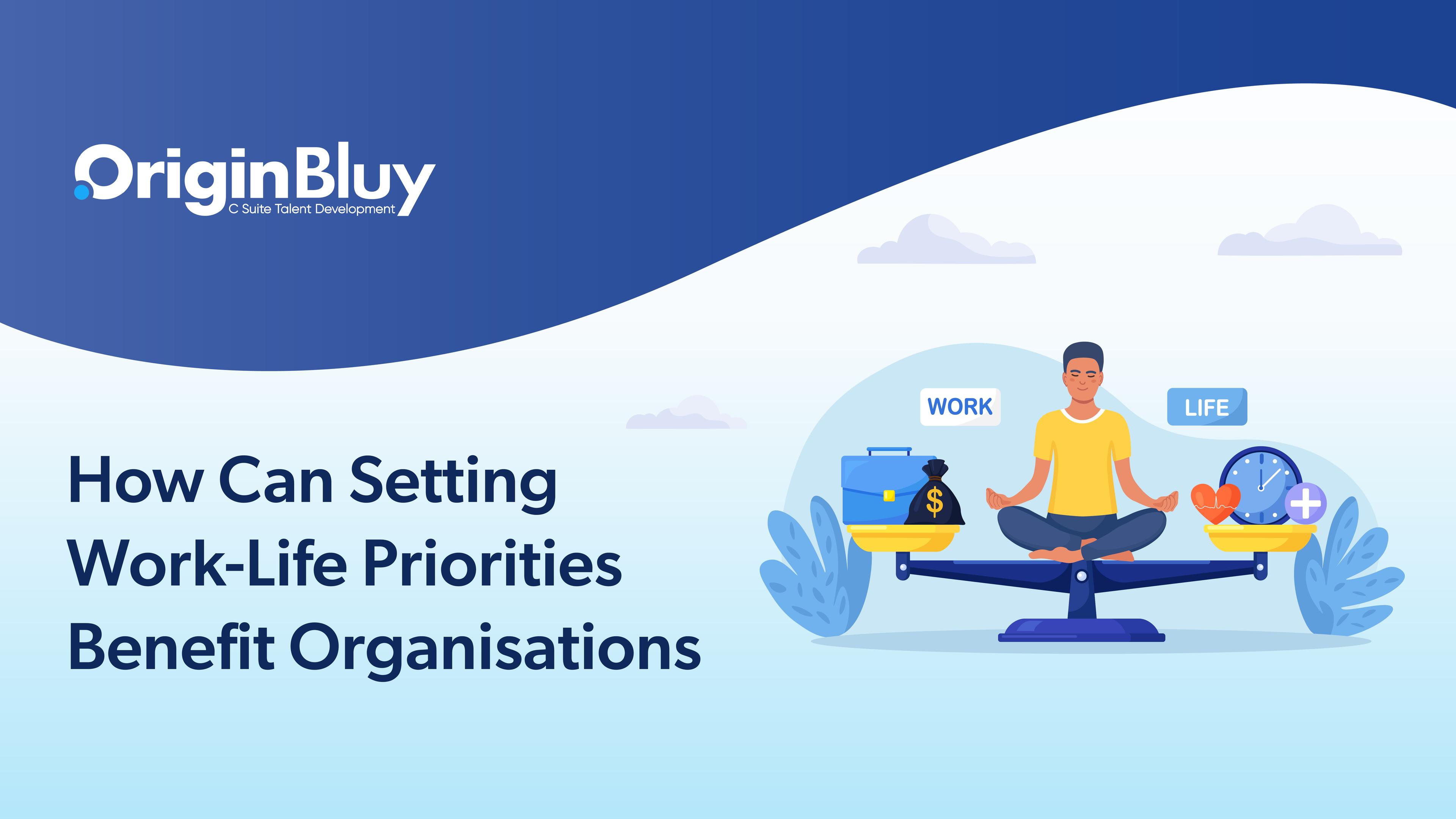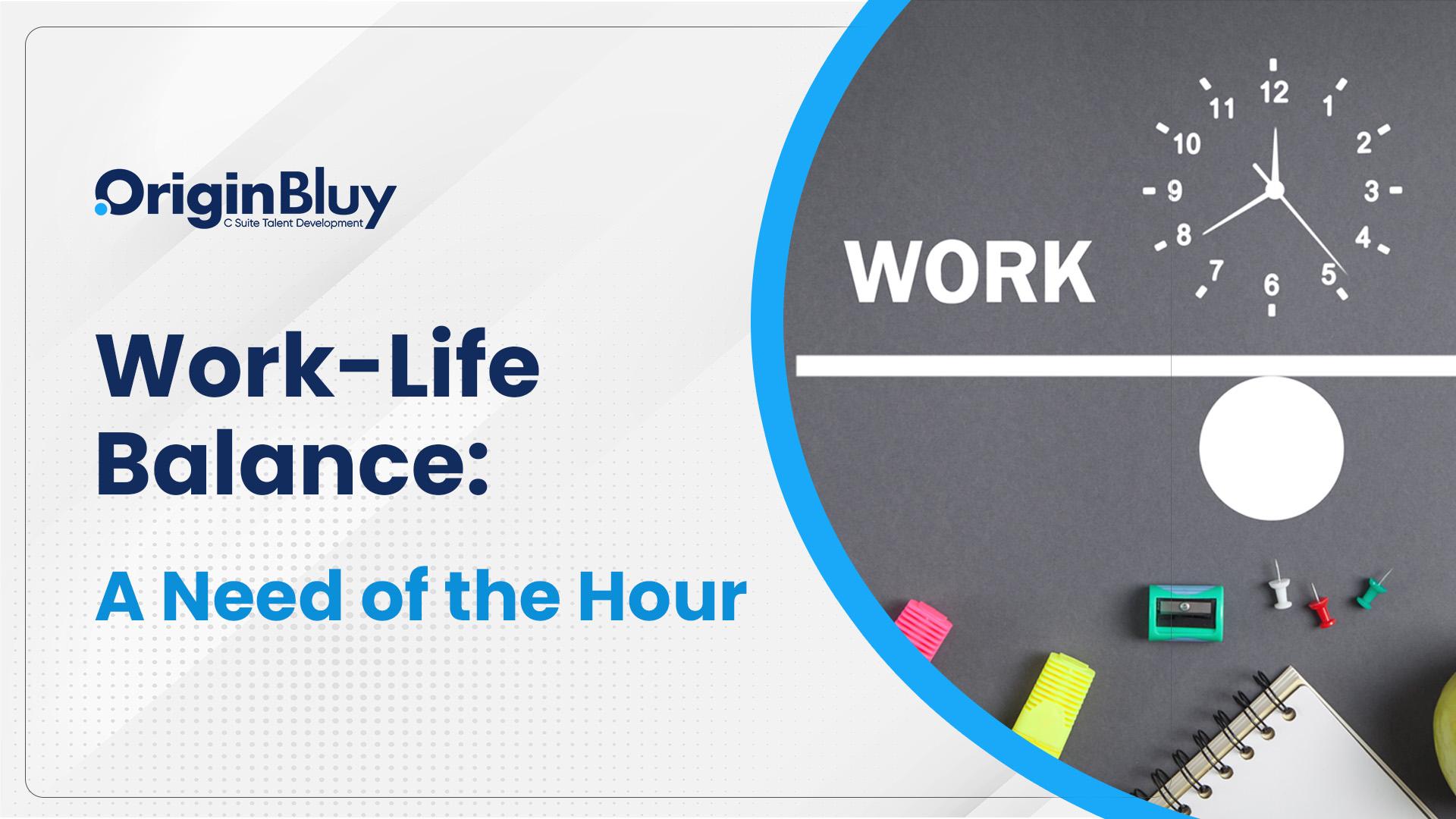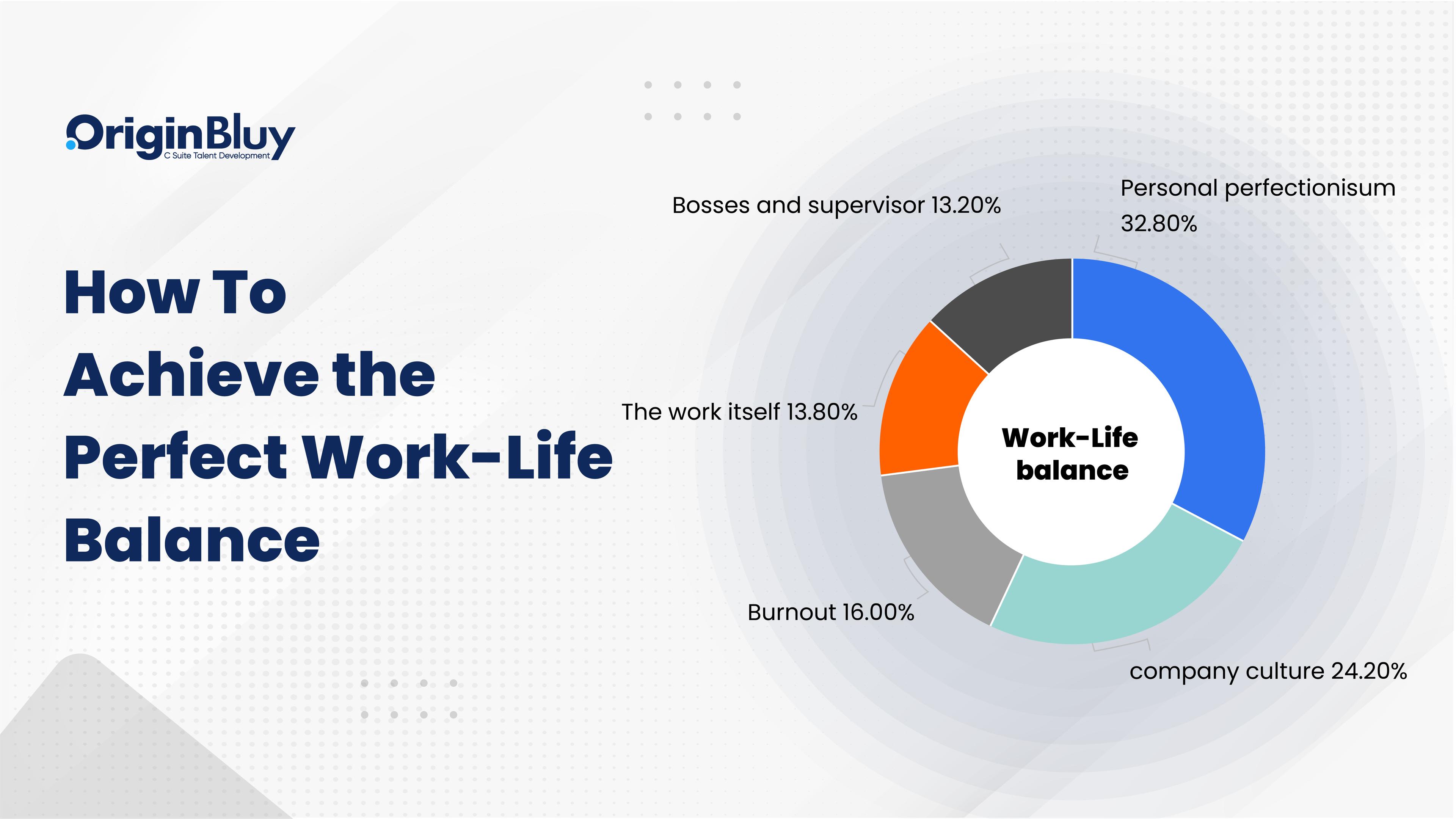Imagine This Scenario: Rohan is on leave for his son’s first birthday. He is planning a big party with over a hundred guests at home. This is when his manager called him and asked him to send the performance report. He was supposed to send it the previous day.
Rohan forgot to share the report on time because he was busy planning the party. Therefore, he decides to leave everything and work on the report immediately. This upset his family, and Rohan even made errors in the report.
What went wrong? How did Rohan make both his family and manager unhappy while trying otherwise?
Well, this is a classic example of poor boundary setting and prioritisation.
In a world where work never ends, and businesses continue to evolve, life can get lost. It can become almost impossible to find the right work-life balance. In fact, you wouldn’t even realise when your work takes over your entire life.
Let us explore how it affects a company. Also, learn how organisations assist their employees in finding the right balance.
Effects of Unclear Priorities On Organisations
Stressed employees can never benefit their organisations. Here are the effects of uncertain priorities that an organisation might face:
Decrease in Productivity
When people have a lot on their plate, they tend to struggle. This is not uncommon. However, their individual struggle has its impacts on a bigger scale. Employees who are constantly juggling between tasks deliver lesser results.
This is a direct outcome of being unable to separate personal and professional life.
Missed Opportunities
When professionals do not have clarity about their tasks, they try to do it all. Consequently, employees overlook potential opportunities for personal and organisational growth. Additionally, they fail to take advantage of the changing market trends.
Having clarity about work and life after it not only helps them distinguish both but also perform their best.
Frequent Burnout and Stress
People can feel overwhelmed when they fail to maintain a boundary between their work and personal life. This can add to their stress level and result in burnout. Consequently, this affects their performance at work. Eventually, this becomes a barrier to achieving organisational goals.
Poor Decision Making
Working overtime with no clarity always results in poor decision-making. Employees end up making impulsive and inconsistent decisions. As a consequence, it negatively affects the organisation’s strategic direction.
This raises the need to set clear priorities and maintain a healthy work-life balance.
Higher Turnover Rate
When work starts affecting people’s personal relationships, they start to look for better opportunities. Rather than working towards making things right, they decide to leave the organisation.
Organisations can lower their turnover rate if they help their employees achieve a good work-life balance.
Ways to Help Your Employees Set Work-Life Priorities
If your team struggles with work-life boundaries, you’ve come to the right place. Following are a few initiatives that can help you help them.
Increase Paid Leaves
Employees usually avoid taking leaves just for the purpose of just relaxing. This is because they try to save paid day-offs for unexpected future emergencies. Increasing yearly paid time off will make them feel secure and confident.
They would take a day off when things get overwhelming for them and will still have paid leaves left in their pocket.
As a result, they come to the office the next day with their 100% potential.
Promote Undisturbed Family Vacations
Statistics show that almost 50% of professionals work every day on their family vacations. This is not good for their overall health. They need to disconnect from work once in a while.
Organisations must encourage their employees to take annual leaves. Also, they should make sure that no work emails or tasks are sent to them.
Create Realistic Deadlines
When senior executives set unrealistic deadlines, employees work overtime in order to meet them. This can increase their stress and trigger burnout. Companies must create a realistic schedule that can be achieved easily.
This will result in better and more effective outcomes. Eventually, it will add to the company’s growth and success.
Encourage Short Breaks
Studies show that employees' productivity increases by 45% after they take a short break at the workplace. Continuously working for hours does not result in higher results. Instead, there comes a point where the team's productivity level hits its bottom.
This is why organisations must encourage employees to take a few quick breaks throughout their working hours.
Set Communication Hours
One of the many reasons why a professional opens his desktop after office hours is work emails. This has become a constant disruption in the life of many. If organisations really want to help their employees achieve work-life balance, they need to do something about untimely communication.
One way is to use communication apps at work. These apps let you schedule mail. At the same time, they also let a user set status. This makes it easy for the team to know whether someone is available.
Summing Up
Prioritising work-life balance benefits both employees and organisations. By addressing the effects of unclear priorities and helping employees set them, they can achieve a healthier, more engaged workforce.
Enhanced well-being leads to increased productivity, reduced turnover, and improved decision-making. A balanced approach motivates employees to lead fulfilling lives while driving organisational success.
If you are looking for expert help in order to let your team bring their best at work, connect with us. We help you and your employees master work-life balance through our training and coaching. Sign up today!
Authored by Gouri Maheshwari. To know more about Originbluy, send us an email at gouri.maheshwari@originbluy.com.

























